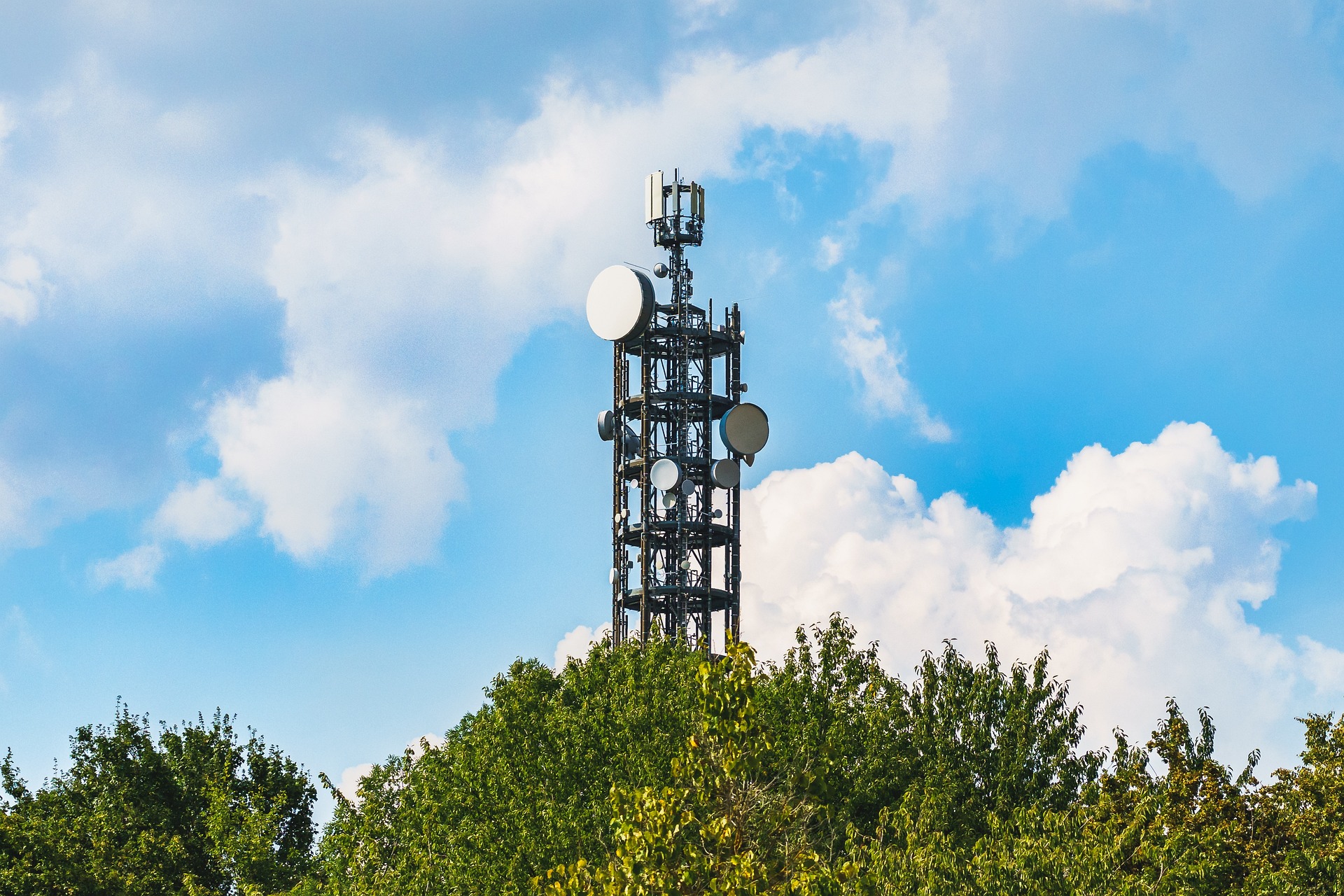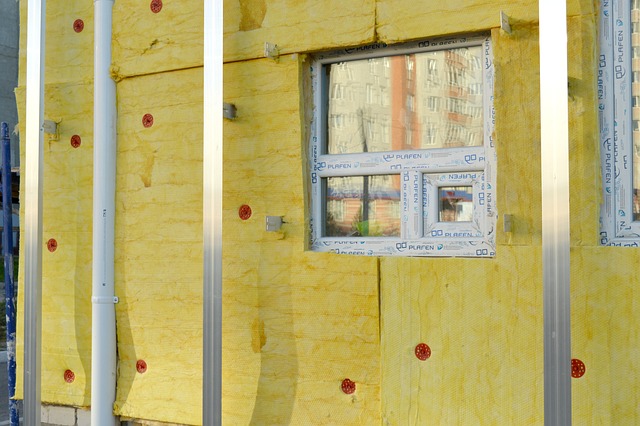Unveiling the Potential of Fixed Wireless Access in Modern Telecommunications
Fixed Wireless Access (FWA) has emerged as a promising solution to the connectivity needs of the digital age. It offers a unique blend of flexibility, accessibility, and affordability that traditional wired solutions often cannot compete with. This article delves deep into the world of FWA, tracing its development and exploring its implications for the future of telecommunications.

How Fixed Wireless Access Transformed Telecommunications
FWA is a method of providing wireless broadband internet access to homes or businesses using radio signals, rather than cables. The roots of this technology can be traced back to the early days of radio transmissions. However, it wasn’t until the advent of advanced wireless technologies in the late 20th century that FWA started to gain traction as a viable alternative to traditional wired connections.
The Current Status of Fixed Wireless Access
Today, FWA has evolved into a robust solution capable of delivering high-speed internet access, particularly in areas where laying cables is impractical or cost-prohibitive. This technology has gained popularity in both developed and developing countries, with telecom companies now investing heavily in FWA infrastructure.
Regulatory bodies are also recognizing the potential of FWA. They are facilitating its deployment through favorable policies and spectrum allocations, ensuring that this technology plays a crucial role in the future of telecommunications.
The Impact and Challenges of Fixed Wireless Access
FWA is not just another internet access method. It holds the potential to democratize internet access, especially in remote or underserved regions. By bypassing the need for physical infrastructure, it can provide affordable, reliable, and high-speed internet access to areas where traditional wired connections are not feasible.
However, like any technology, FWA is not without its challenges. The quality of connection can be affected by physical obstructions, weather conditions, and the distance from the signal source. As such, implementing effective network design and maintenance strategies is essential to ensure uninterrupted service.
Practical Applications of Fixed Wireless Access
The applications of FWA extend beyond residential internet access. It is increasingly being used in various sectors such as healthcare, education, and agriculture, enabling digital transformation and improving operational efficiency.
In the healthcare sector, for example, FWA can facilitate telemedicine services, connecting patients in remote areas with medical professionals. Similarly, in education, it can support remote learning initiatives, bridging the digital divide and ensuring equal access to educational resources.
Conclusion
Fixed Wireless Access represents a significant stride forward in telecommunications, offering a flexible and cost-effective connectivity solution. As the technology continues to evolve and regulatory support grows, we can expect FWA to play an increasingly central role in shaping the future of global connectivity.




